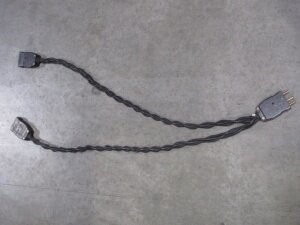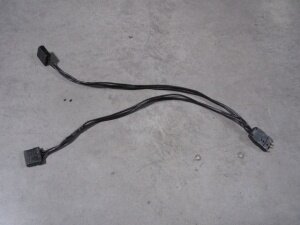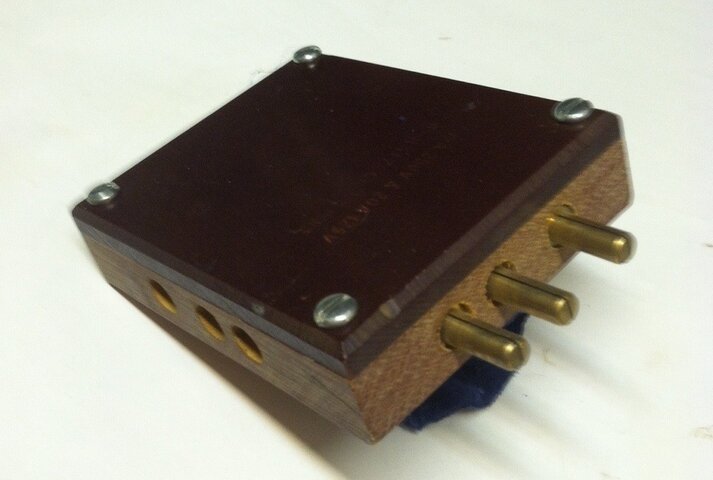Getting back to my earlier question - why a box instead of twofers and adapters?
(And time for my slight off topic rant). In a prior life, I helped software engineers design software. The most common problem I saw was when a user presented a solution instead of clearly defining the problem they were trying to solve. Sometimes their solution was correct, but frequently if you took the time to dig a litter deeper you found a totally different solution that better solved the need.
It feels to me like this may be happening here.
If what you are trying to do is to
power multiple fixtures from a single
outlet - I would argue that two-fers or three-fers are simpler and easier. Plugs into a box on a pipe are a pain in that there is no real good way to tie down the box without it flopping around. The plugs are apt to get pulled out by mistake, and there is no easy way to tape the connection like there is with a
twofer. You have more flexibility in using them as you can split them up as needed.
If you are trying to make it easy to
power edison practicals -
build some adapters. That way you can
plug in an
edison practical on any
circuit - not just the one where you have put the box.
For my two cents - the only time a box is better would be if you plan to permanently fasten it to a pipe or a wall. In that case we need to be talking about how you see that connection working. Even if you were to try and do that, I would suggest you think about using pigtails from the box instead of flush mounted receptacles. A
pigtail is just easier to work with (IMHO)
I hope you don't feel like I am raining on the parade here. I just want to make sure that you end up with something that solves the need, and I am not sure what that need is yet. If you could take a moment to explain what problem you are trying to solve, without suggesting a solution - you might find a much simpler path.







